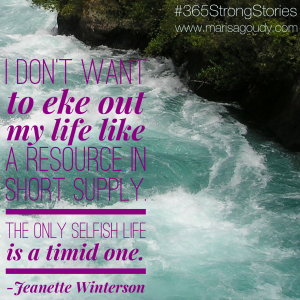 “I don't want to eke out my life like a resource in short supply. The only selfish life is a timid one. To hold back, to withdraw, to keep the best in reserve, both overvalues the self, and undervalues what the self is.”
― Jeanette Winterson, The Powerbook
“I don't want to eke out my life like a resource in short supply. The only selfish life is a timid one. To hold back, to withdraw, to keep the best in reserve, both overvalues the self, and undervalues what the self is.”
― Jeanette Winterson, The Powerbook
A fresh green force thrums within me. It’s at once the rush of the ocean between two rocks and the ecstasy of spring in the narrow passage of a daffodil stem.
It is life. It is creation. It is the riotous movement of energy in a conscious, interconnected world. It is peace and wildness, a great force and wisest surrender.
There’s a hint of death and the inevitable cycle renewal in this celebration of aliveness too, but I’m not lingering on that right now.
This great movement and power, it terrifies me as much as it excites me. Despite my dreams and my ambitions and my yearning to leave a creative, benevolent mark on this world, I fear this great force. To give this much, to be capable of so much would disrupt the relatively quiet, predictable existence I have become so used to.
This vision of an internal sea and rising spring is just that: a visualization thrown against the screen of my mind. And yet, it’s also very real. Or, at least it can lead to very real things.
When I agree to allow that green swell of energy to be real enough to move me, life will expand and grow and change. It would be inconceivable that I could continue to eke out my life like a resource in short supply.
What a lovely picture. Now where’s the reader’s story in all that?
Alone, these musings paired with a Jeanette Winterson passage don’t have the force of story. If I’m lucky, I may offer up just enough poetry and inspiration to keep you interested, dear reader. In this noisy world of clickbait, the emphasis on “news you can use,” and ad copy structured to appeal to the bits of the brain that can be manipulated into action, I’m not counting on it. Especially because you come to me for stories of entrepreneurship and motherhood and writing advice, not abstract snapshots from my meditation cushion.
To really make you care, to make this into a story you can see and feel and find yourself inside, I would need to anchor you in something other than the rushing river of universal life force energy. You need to follow my journey, but how?
Slip that vision into a real life context
To feel like my story matters to you, perhaps you need to watch this vision interrupt my daily life. You need to see this experience loom larger than all my excuses about sleep deprivation and the incessant interruptions of children and the madness of trying to run a family and a business and a creative existence.
The story’s conflict might come when I realize I can no longer collapse into my limitations - not if I want to honor this magical energy and live abundantly. You could accompany me as I fight against my old ways of numbing myself - red wine, chocolate, and a good Netflix binge. The big climax may be an argument with my husband since we tend to escape to the couch together and it’s always hard on a marriage when one partner commits to transformation.
And the resolution of my story (hopefully!) comes in the form of a creative triumph and a deeper dedication to this brilliant life force.
As always, ask yourself if this story is even worth telling (on your blog, in this moment)
That sort of story I outline above is more complicated to tell - at least if you want to make it a worthwhile read! And anyway, in my case, it would be fiction rather than memoir because I haven’t lived the story and earned the right to tell it all.
Then again, there’s a risk in waiting til there’s a beginning, middle, and end. The transcendent moment that started it all may start to fade. When I juxtapose the mundane details and the marital discord and the spiritual download, the whole thing may seem artificial and forced and even irrelevant.
Today, I’m describing this flash of insight because putting it on the page makes it real for me. I am publishing it because this #365StrongStories project gives me a platform to share something that’s personal and a little bit outside the lines of what I am “supposed” to write about as a writing coach.
Depending on the nature of your work and the goal of your own blog, however, your own a storyless story might find a better home in a Facebook post or in an email to a friend.
But please, don't hold the best of yourself in reserve
That said, if you’ve got something tremendous bubbling up inside, don’t hoard it and save it until all the magic leeches out of it. Even if it feels merely curious, give it a chance to become something that matters.
Dare to birth your big, brave, “this one burns the old script” ideas. Otherwise, we're left to wander mostly comatose in the world of dull, safe, useful blog posts. The forces that keep us small and miserly will win.
Do remember: “The only selfish life is a timid one.”
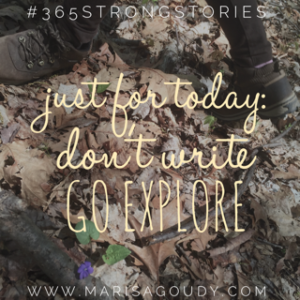 Sometimes the best way to strengthen your storytelling and feed your writing practice is to take a time away from the page.
When my husband asks me what I want for Mother's Day, "time to myself" is always near the top of the list. I was looking forward to an hour with my journal to write and mourn my mom and follow a thought from beginning to end without having to play referee or ask anyone if they needed to use the potty.
Sometimes the best way to strengthen your storytelling and feed your writing practice is to take a time away from the page.
When my husband asks me what I want for Mother's Day, "time to myself" is always near the top of the list. I was looking forward to an hour with my journal to write and mourn my mom and follow a thought from beginning to end without having to play referee or ask anyone if they needed to use the potty.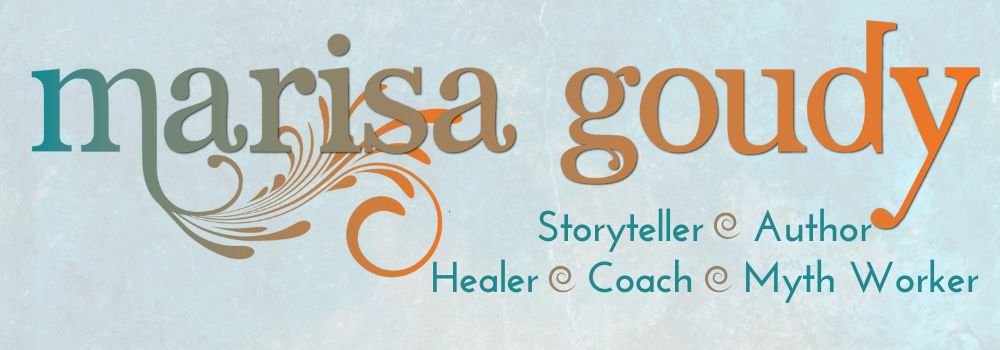

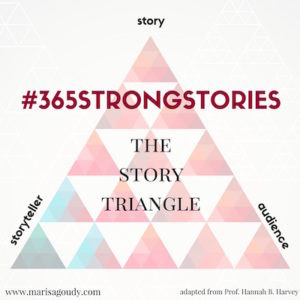 In some forgotten magazine, I once read a lament about how little fiction is written about the world of work.
When historians look back upon this time they might think we live in an age of passionate romance, of hideous crimes, of sweeping wars, and occasional zombie plagues and vampire infestations. They won't be able to look to that cultural signifier we call the novel to understand how many bloody hours we devote to emails and preparing reports and fiddling with "easy" tools like the LeadPages system.
In some forgotten magazine, I once read a lament about how little fiction is written about the world of work.
When historians look back upon this time they might think we live in an age of passionate romance, of hideous crimes, of sweeping wars, and occasional zombie plagues and vampire infestations. They won't be able to look to that cultural signifier we call the novel to understand how many bloody hours we devote to emails and preparing reports and fiddling with "easy" tools like the LeadPages system.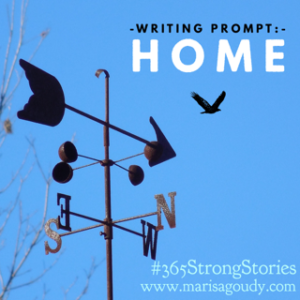 What does "home" conjure for you? Simply free writing on a page beneath that word written in broad capital letters is a potent writing exercise in itself.
Today, I drove through a piece of my hometown, eyes welling up at my closest childhood friend's driveway, at the stretch of sidewalk where I fell off my bike and nearly got run over, at the restaurant where I slogged through the worst summer job ever.
What does "home" conjure for you? Simply free writing on a page beneath that word written in broad capital letters is a potent writing exercise in itself.
Today, I drove through a piece of my hometown, eyes welling up at my closest childhood friend's driveway, at the stretch of sidewalk where I fell off my bike and nearly got run over, at the restaurant where I slogged through the worst summer job ever.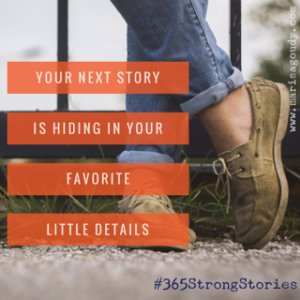 Some people remember exactly what everyone ordered during that special meal. Others have a vivid recall for the phase of the moon on an important day.
Personally, I have fashion memory. I can tell you exactly what I wore from head to toe the night I met my husband. (And yes, I still wear that denim jacket twelve years later.)
Some people remember exactly what everyone ordered during that special meal. Others have a vivid recall for the phase of the moon on an important day.
Personally, I have fashion memory. I can tell you exactly what I wore from head to toe the night I met my husband. (And yes, I still wear that denim jacket twelve years later.)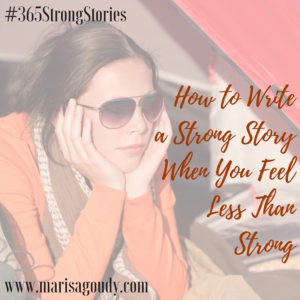 Making blogging, newsletter, and other content marketing details when you're sick, stressed, or sad... It's one of the toughest parts of running a practice or a small business because, let's be honest, you're pretty much always writing this week's material just days or hours before it goes live.
What happens when life or your mood gets in the way of getting yourself in front of your audience?
Making blogging, newsletter, and other content marketing details when you're sick, stressed, or sad... It's one of the toughest parts of running a practice or a small business because, let's be honest, you're pretty much always writing this week's material just days or hours before it goes live.
What happens when life or your mood gets in the way of getting yourself in front of your audience?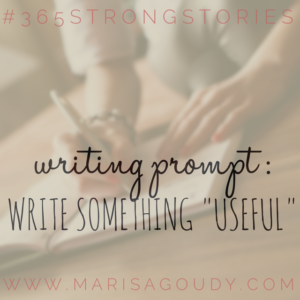 In the meantime, I invite you to take a first step toward thinking about how to ground your stories in something real and measurable.
In the meantime, I invite you to take a first step toward thinking about how to ground your stories in something real and measurable.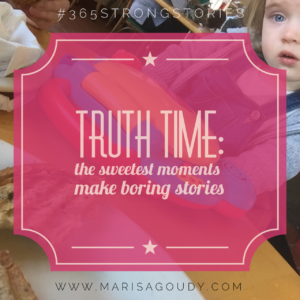 Spontaneously, I loaded my two year-old into the car and drove north. We would travel over an hour to a small town with a gigantic children's consignment sale. Big sister missed the adventure because was off at school, but we'd make it up to her with an entirely new wardrobe for the next school year.
And then, my little one and I headed to a perfect little gluten free bakery and feasted on sandwiches and cookies. Actually, her cookie was free because they thought my kid was so darn cute.
Spontaneously, I loaded my two year-old into the car and drove north. We would travel over an hour to a small town with a gigantic children's consignment sale. Big sister missed the adventure because was off at school, but we'd make it up to her with an entirely new wardrobe for the next school year.
And then, my little one and I headed to a perfect little gluten free bakery and feasted on sandwiches and cookies. Actually, her cookie was free because they thought my kid was so darn cute.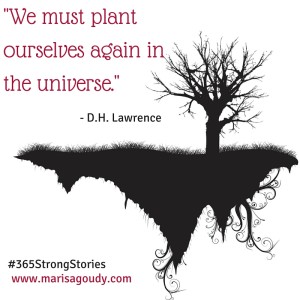 When
When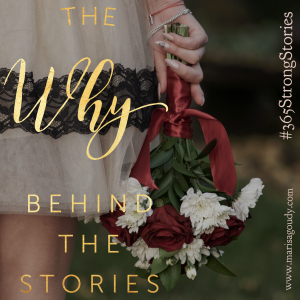 Story is currency in conversation. It's how we trade ideas, convince people about accepting a new concept, or inspire people to take action. Story is how we connect with strangers and it's how we reach the hearts of the people we know so well.
This week, pay attention to the conversations you participate in. This can even work when you're watching a TV show with strong writing.
Story is currency in conversation. It's how we trade ideas, convince people about accepting a new concept, or inspire people to take action. Story is how we connect with strangers and it's how we reach the hearts of the people we know so well.
This week, pay attention to the conversations you participate in. This can even work when you're watching a TV show with strong writing.


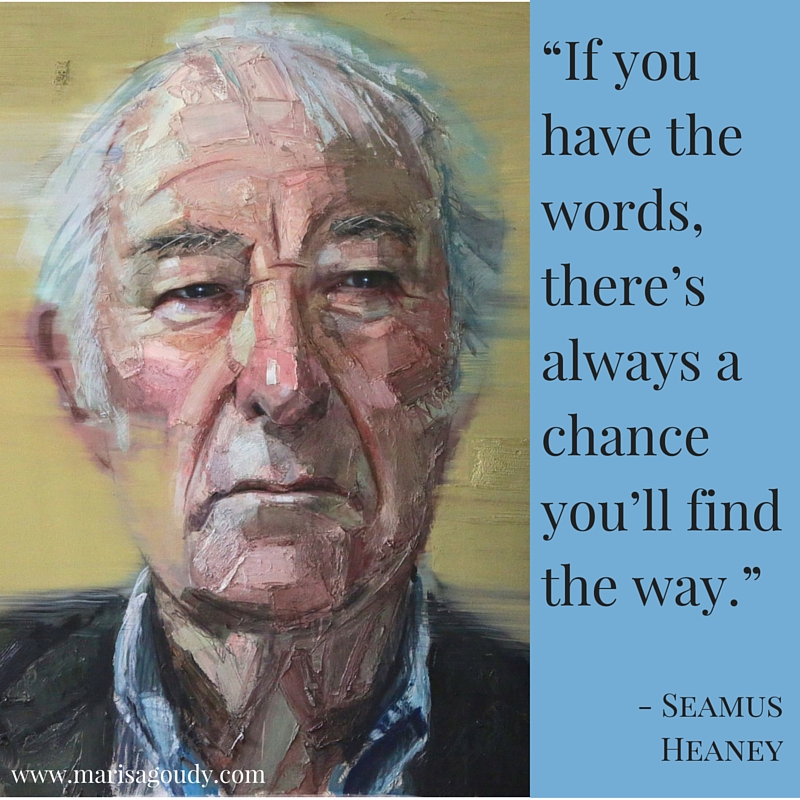 Nobel prize winning poet and Irishman Seamus Heaney's quote is scrawled on a post-it above my computer. It fights for space with love notes from my daughter and memos about my many accounting goofs, but it's the only inspirational line I keep in my line of sight.
Nobel prize winning poet and Irishman Seamus Heaney's quote is scrawled on a post-it above my computer. It fights for space with love notes from my daughter and memos about my many accounting goofs, but it's the only inspirational line I keep in my line of sight.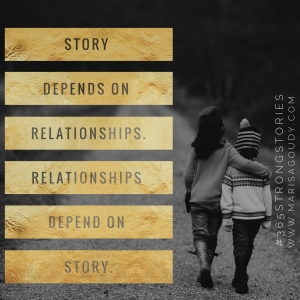 Is this your fantasy too?
You get to be the person with the space, the time, and the luxury to simply write. Uninterrupted days are lavished on your own ideas without a care for the reader or the marketplace.
Is this your fantasy too?
You get to be the person with the space, the time, and the luxury to simply write. Uninterrupted days are lavished on your own ideas without a care for the reader or the marketplace.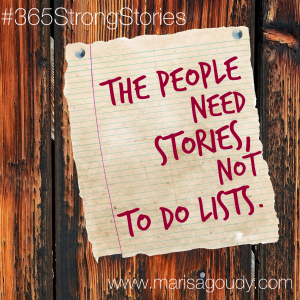 The difference between telling a strong story and writing “just another blog post”
The difference between telling a strong story and writing “just another blog post”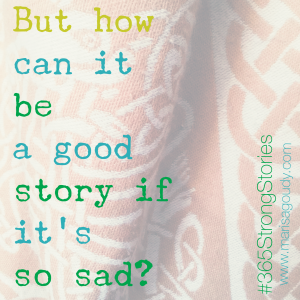 “But how can it be a good story if it’s so sad?”
“But how can it be a good story if it’s so sad?” 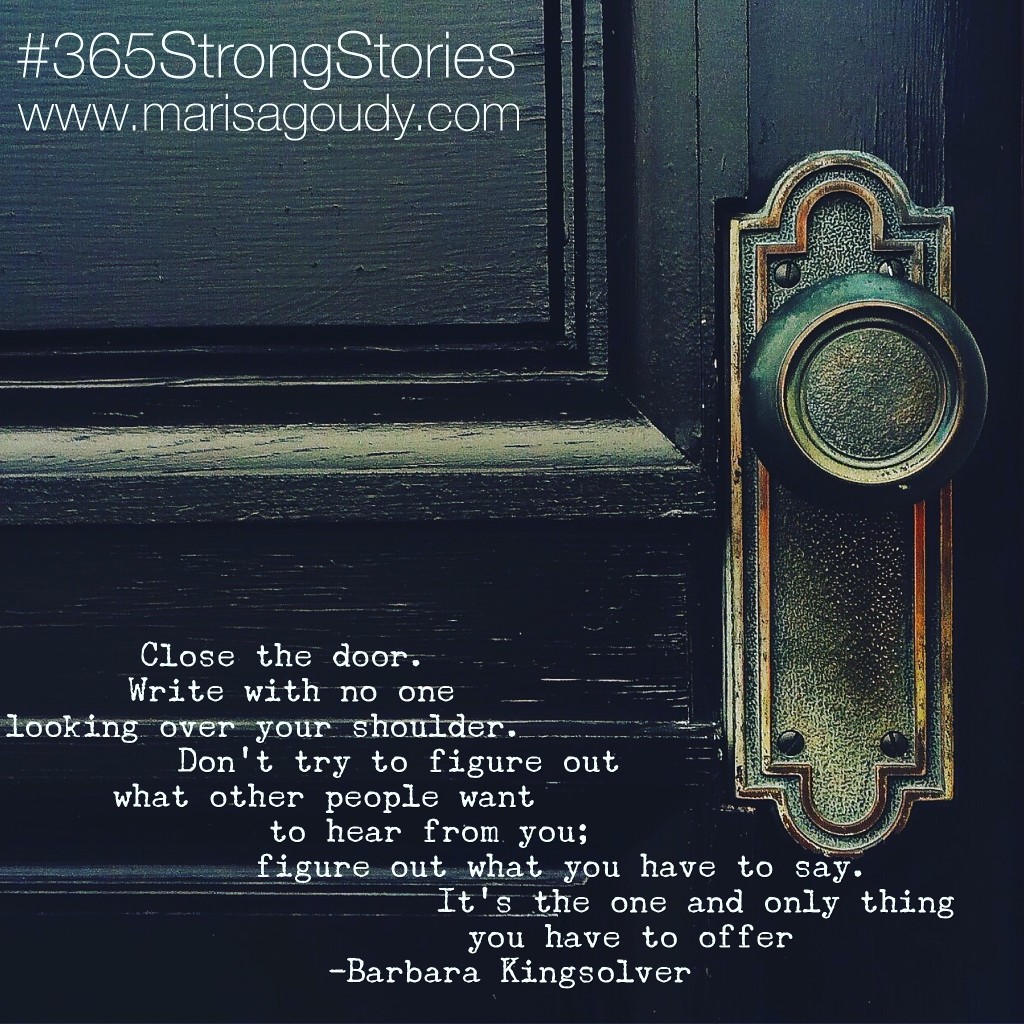 Close the door. Write with no one looking over your shoulder. Don't try to figure out what other people want to hear from you; figure out what you have to say. It's the one and only thing you have to offer.”
Close the door. Write with no one looking over your shoulder. Don't try to figure out what other people want to hear from you; figure out what you have to say. It's the one and only thing you have to offer.” “I don't want to eke out my life like a resource in short supply. The only selfish life is a timid one. To hold back, to withdraw, to keep the best in reserve, both overvalues the self, and undervalues what the self is.”
“I don't want to eke out my life like a resource in short supply. The only selfish life is a timid one. To hold back, to withdraw, to keep the best in reserve, both overvalues the self, and undervalues what the self is.” 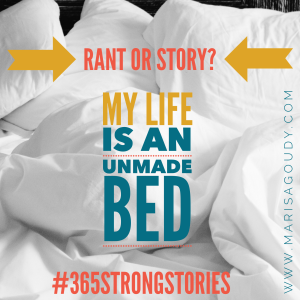 This morning as I rushed from room to room gathering necessary clothes and snacks and computer accessories and toys, it occurred to me:
This morning as I rushed from room to room gathering necessary clothes and snacks and computer accessories and toys, it occurred to me: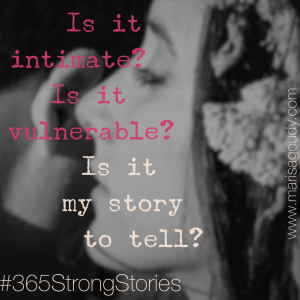 Writing a story a day is a mad, marvelous mission. Time constraints and the very real limitations on creative energies are valid concerns that might make you quit before you begin.
Writing a story a day is a mad, marvelous mission. Time constraints and the very real limitations on creative energies are valid concerns that might make you quit before you begin. 
 Will they ever find out that Mike is a fraud?
Will they ever find out that Mike is a fraud?